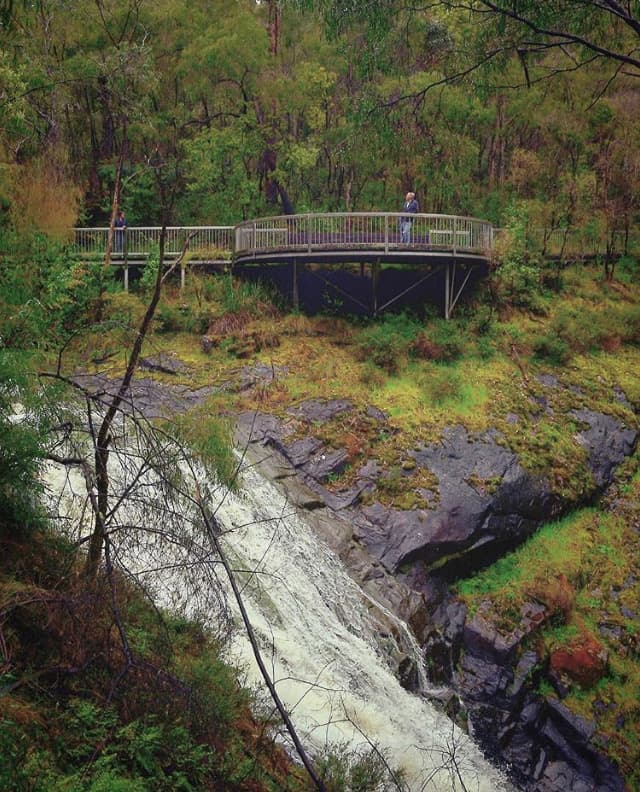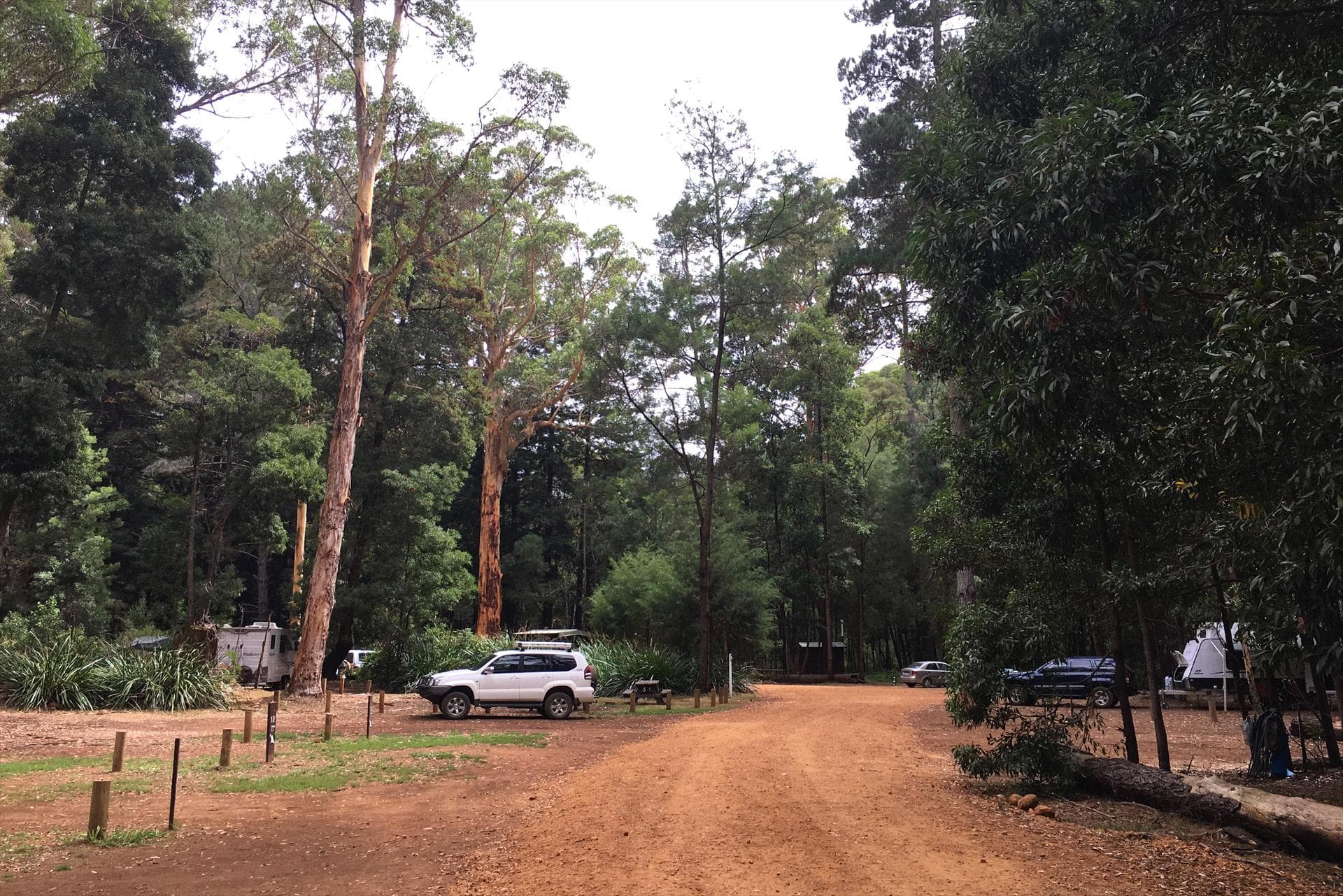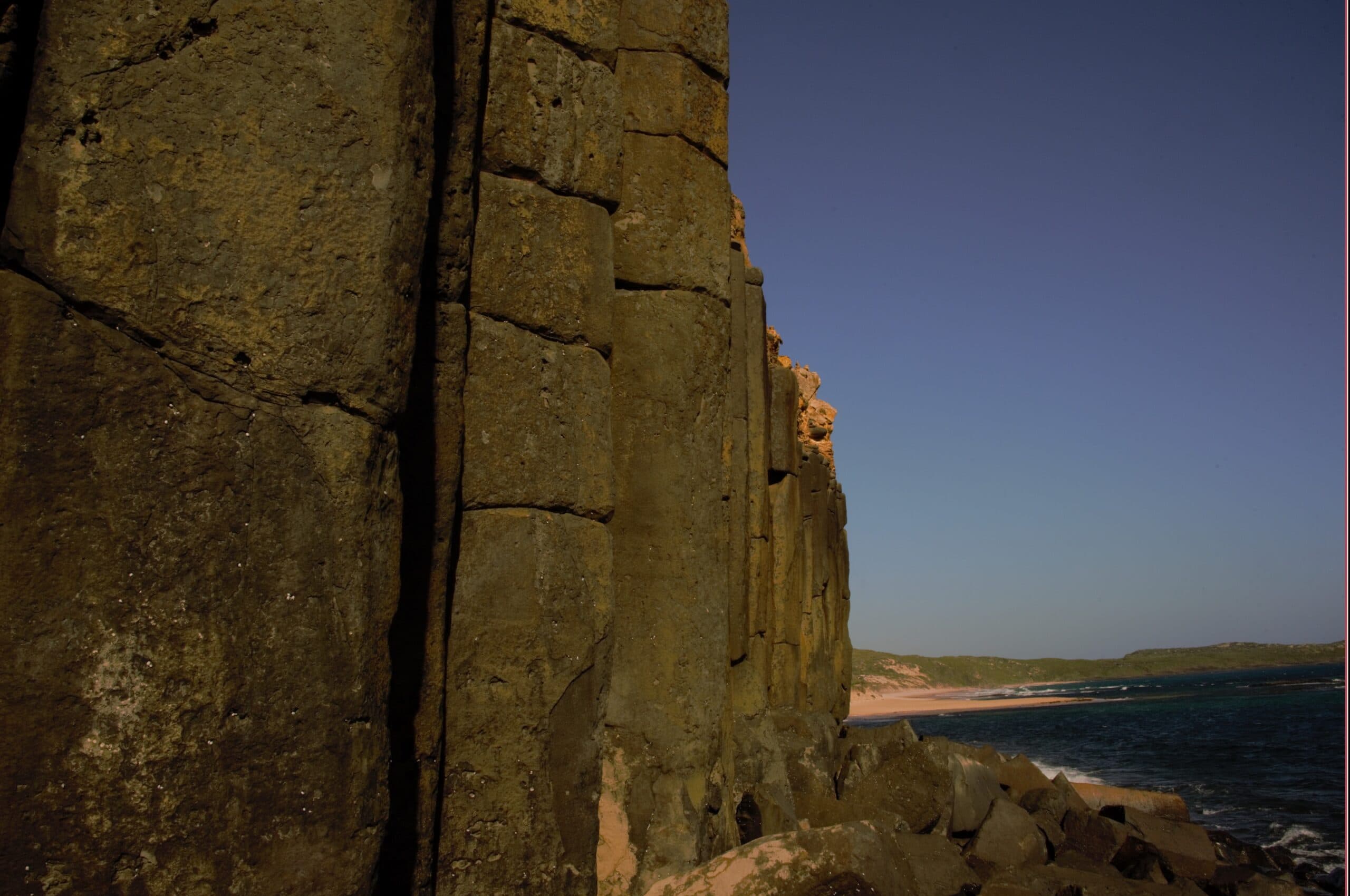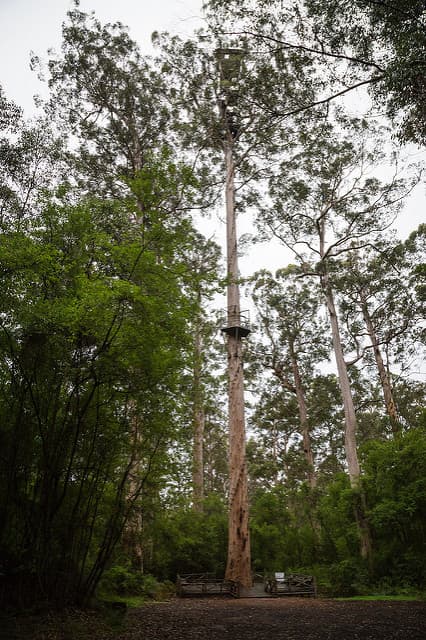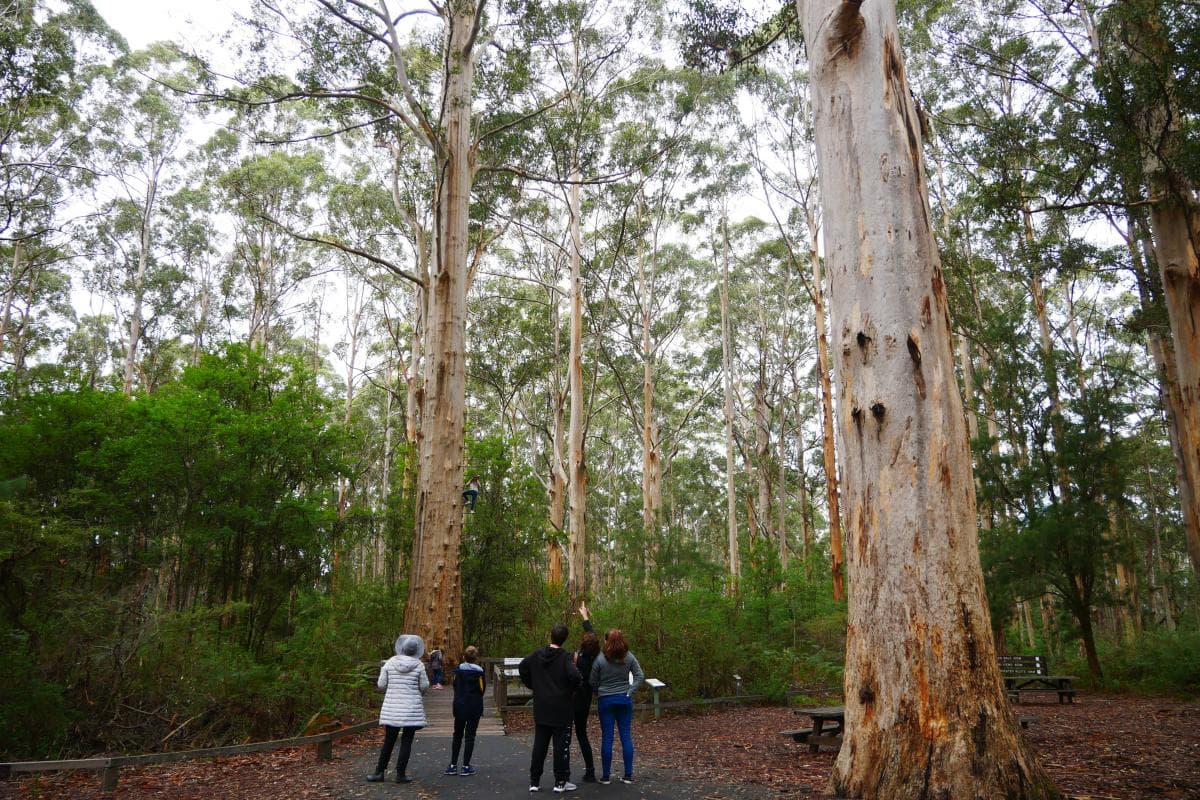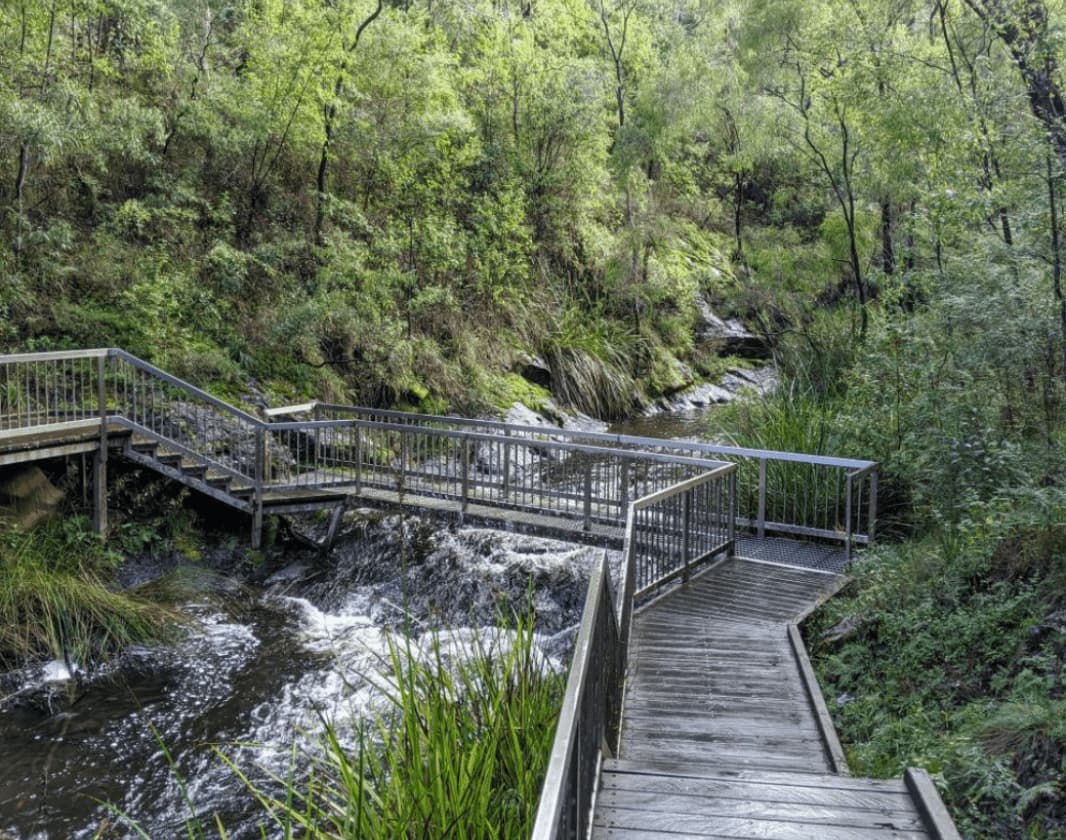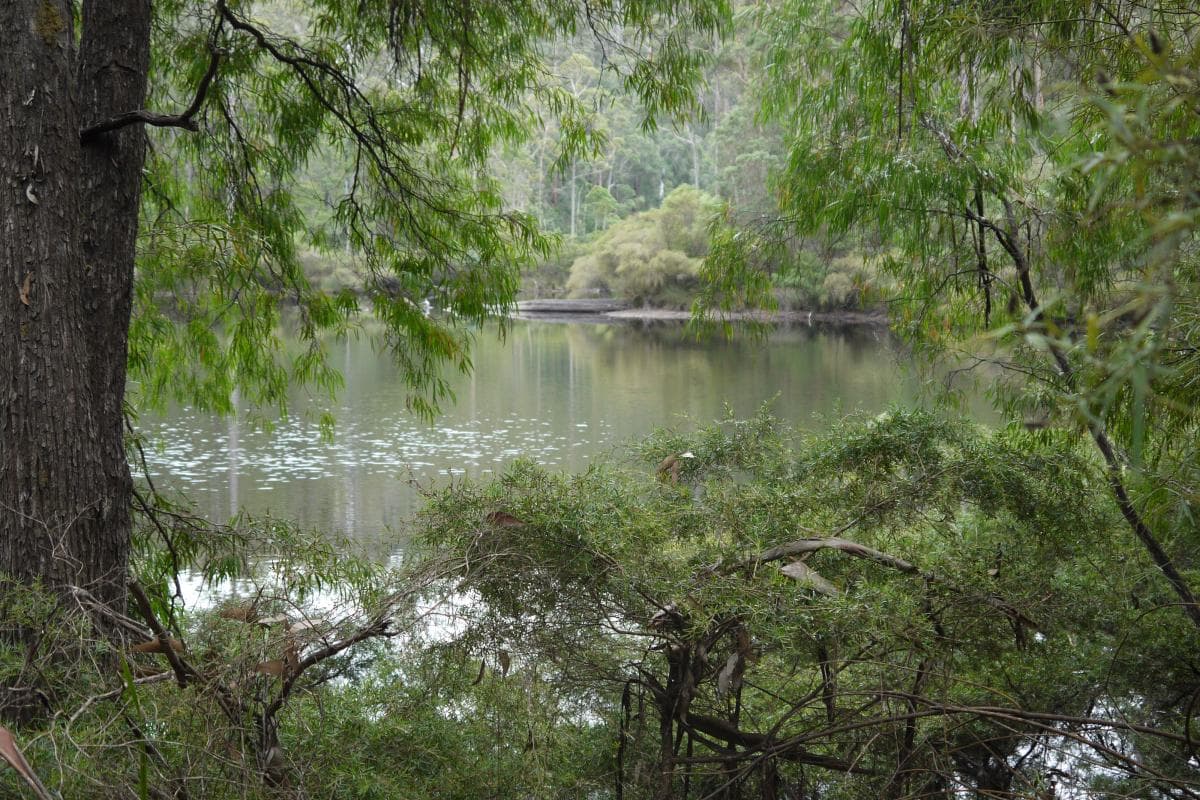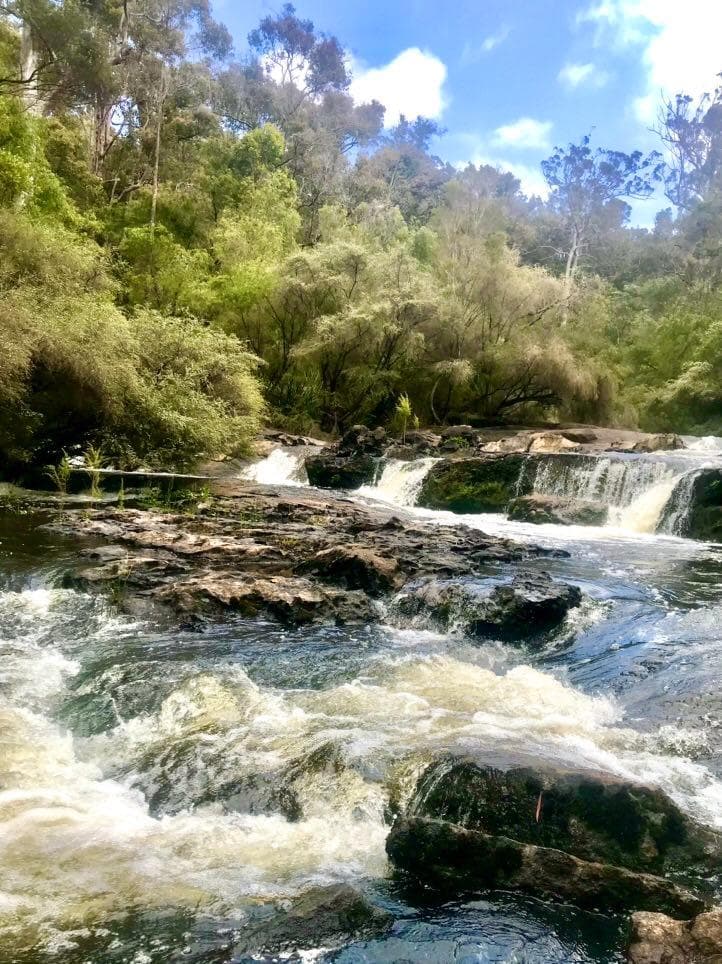Nature & National Parks
Your open invitation to experience some of Western Australia’s most remarkable natural beauty.
Pemberton’s National Parks offer an unparalleled escape into Western Australia’s most captivating landscapes. Here, ancient rivers wind through towering karri forests, vast sand dunes roll across the land, and coastal cliffs reveal rugged shores. Each park provides a distinct slice of nature and unique experiences for all types of explorers.
Discover parks that invite you to explore, hike, camp, fish, or simply unwind. From the towering karri trees of Gloucester National Park to the lush trails in Warren National Park and the unique ecology of D’Entrecasteaux National Park, Pemberton’s National Parks provide a chance to dive deep into the heart of the Southern Forests.
To fully appreciate the area’s beauty, consider joining a guided or tag-along tour, where expert guides share stories behind the parks’ fascinating natural landmarks. Whether it’s a forest canopy adventure at Gloucester National Park, a journey across Yeagarup Dunes, or a scenic cruise along the Donnelly River, guided tours add meaning and insight to your visit.
For those planning a self-paced day of discovery, the Karri Forest Explorer Drive is ideal. This 88 km route weaves through sealed and unsealed roads, linking picnic spots, scenic lookouts, and walking trails. Pack a picnic, download the Karri Forest Explorer map, and set off on your adventure.
National Parks Highlights:
- Gloucester National ParkHome to the iconic Gloucester Tree, this park also offers Aerial Adventure Pemberton, a thrilling treetop experience open to visitors. The park provides scenic trails surrounded by towering karri forests.
- Warren National ParkKnown for the Dave Evans Bicentennial Tree (climbable up to 20 metres), this park is perfect for an immersive forest experience along the Warren River Loop Walk and includes scenic spots like Drafty’s Campground and the stunning views across the deeply forested valley at Warren Lookout.
- Greater Beedelup National ParkFamous for Beedelup Falls, this tranquil park offers lush picnic areas and views along Carey Brook, making it an ideal spot for nature lovers and photographers.
- D’Entrecasteaux National ParkHighlights include Yeagarup Dunes, Lake Jasper, Black Point, and Goblin Swamp, attracting 4WD enthusiasts and nature seekers alike. Tours are available who traverse key areas like Yeagarup and the Donnelly River, where local guides can provide insight into the shifting landscapes and local wildlife.
Visit the Pemberton Visitor Centre to get your park pass, which supports the maintenance and preservation of these beautiful spaces. Our friendly team is here with recommendations and helpful tips for making the most of your Southern Forests adventure.
With every twist and turn, Pemberton’s National Parks promise something extraordinary. Unwind, explore, and embrace the rich natural beauty awaiting you in these stunning Southern Forests.
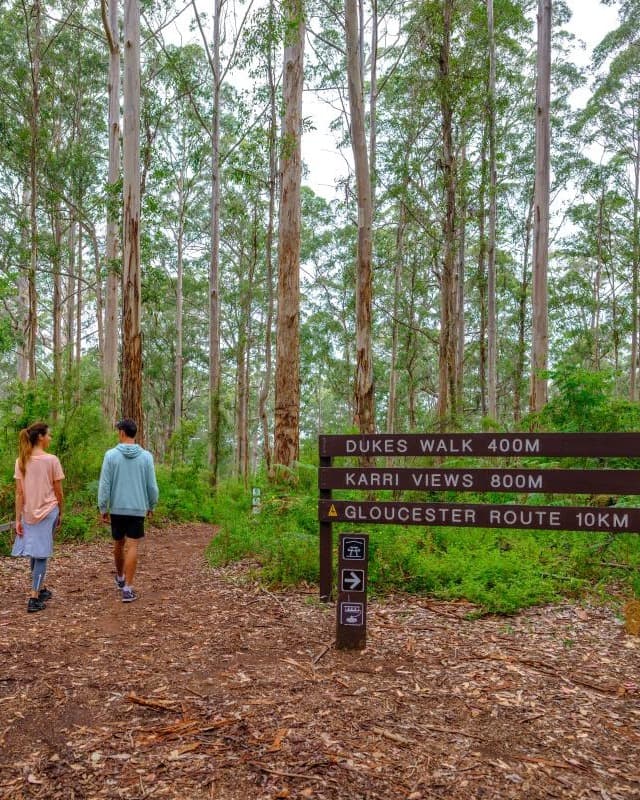
Gloucester National Park
Home to the iconic Gloucester Tree and the tranquil Cascades, the park offers serene walking trails, stunning wildflowers in spring, and a chance to immerse yourself in the heart of Western Australia’s Southern Forests. Perfect for nature lovers, birdwatchers and those wanting to escape into the forest.
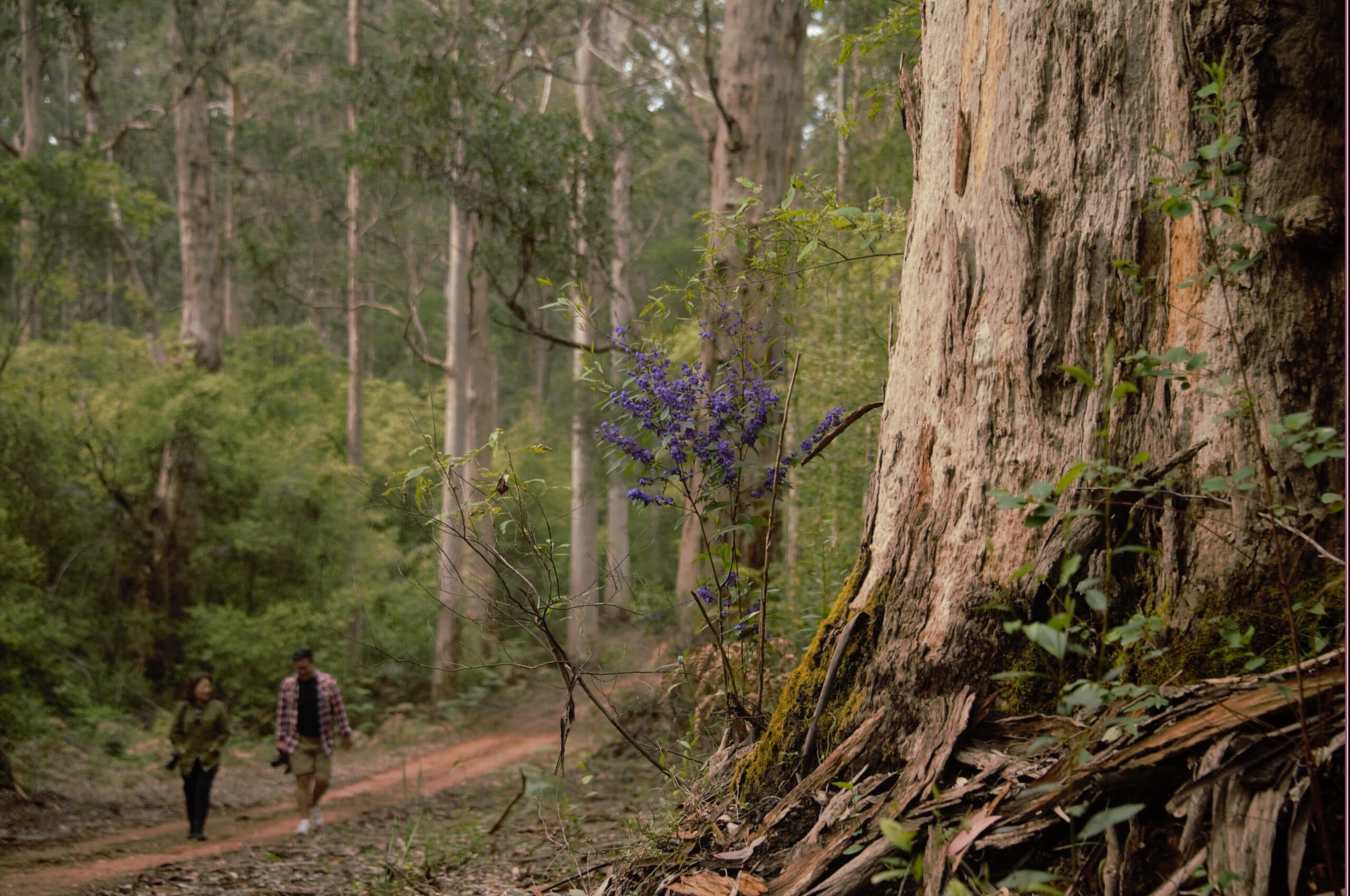
Warren National Park
Explore the stunning Warren National Park, home to towering karri forests, scenic rivers, and tranquil campgrounds. Perfect for nature lovers, the park offers walk trails, canoeing or kayaking, and camping amid the beauty of the Southern Forests. Entry requires a park pass, available at the Pemberton Visitor Centre or online. Dogs are not permitted to protect native wildlife.
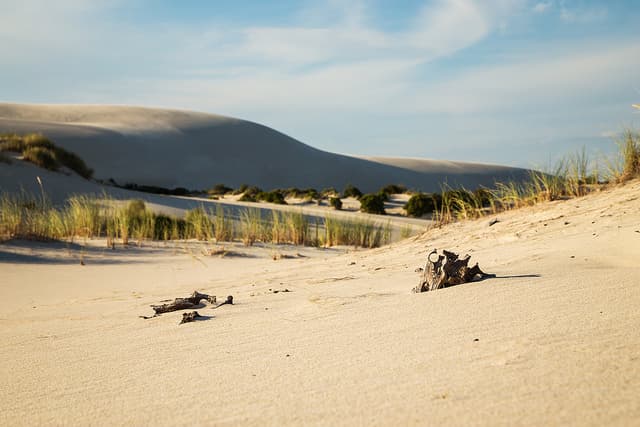
Yeagarup Dunes
the Yeagarup Dunes in D’Entrecasteaux National Park, the largest inland mobile dune system in the Southern Hemisphere. These shifting sands move up to 4 metres annually, encroaching on ancient karri forests. National Park Entry is required and can be purchased at the Pemberton Visitor Centre or at Lake Yeagarup Tyre Deflation Station.

